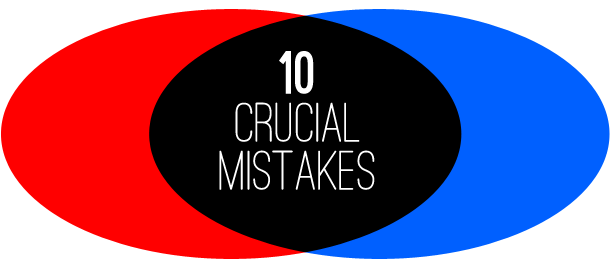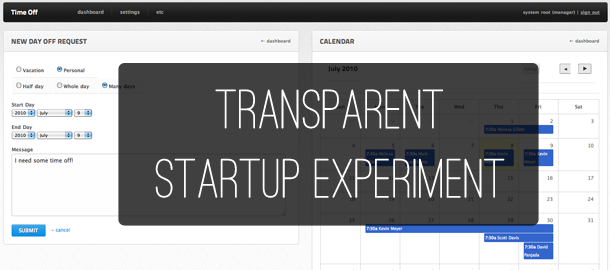It sucks to build a startup with the “Google Method”

“We’re not making any money yet, but once we hit 100,000 users, we’ll be able to break even with ads!” an entrepreneur enthusiastically told me. As I listened to the entrepreneur passionately explain his plan to make his startup profitable, I realized that I’ve heard the same strategy repeated ad nauseum. I’ve started to call this misguided strategy the “Google Method” of profitability.
What is the “Google Method”?
The “Google Method” breaks down into a simple equation:
Free + Lots of users + ads= The Google Method.
There is nothing inherently wrong with this formula, but it’s a terrible model to try and shoehorn onto a bootstrapped business. One of the worst things your startup can do (for its bottom line), is to try and emulate Google’s methodology for revenue. You might gain a lot of users, but monetizing them will be incredibly hard. You’re essentially cannibalizing your own business.
Why does this suck for startups, but work for Google?
This is a classic example of knowing what type of business you’re actually in. For example, Google isn’t a search based company. They used search as an engine to break into the market, but they are actually an advertising company. Did you know that 97% of it’s revenue in 2009 came from advertising?
Since Google is an advertising company, they have different goals then most startups. Google has to play a different game. For an advertising company to stay afloat, they need as many eyeballs as possible. This is why the “Google Method” is so effective for them. Free gets a new Google service a lot of attention, while allowing their actual product (advertising) to flourish.
For a bootstrapped startup to keep its doors open, it needs cash. Giving away your main product and hoping to “make it up on volume” is incredibly dangerous. You’re giving away your main product without any sort of (financial) benefit to yourself. The metrics that Google uses will be fundamentally different than what your startup needs. Don’t blindly implement the Google Method. It’s most likely the wrong model for your startup.
Side note: Even though your startup may receive money from ads, you’re probably not an advertising company.
Is there a better way to build a startup?
Absolutely. I’ve realized that I hate to leave money on the table. If someone sees enough value in my product to pay me for it, I will gladly take their money. This is slightly unpopular in some entrepeunership circles, but have the audacity to charge from day one.
It’s a painfully simple method, but it’s something that’s hard to have the guts to do. If you believe you startup has real world value, let people pay you. Don’t chicken out by giving it away for free.
For more startup news, follow us on Twitter @startupfoundry or on Facebook.










